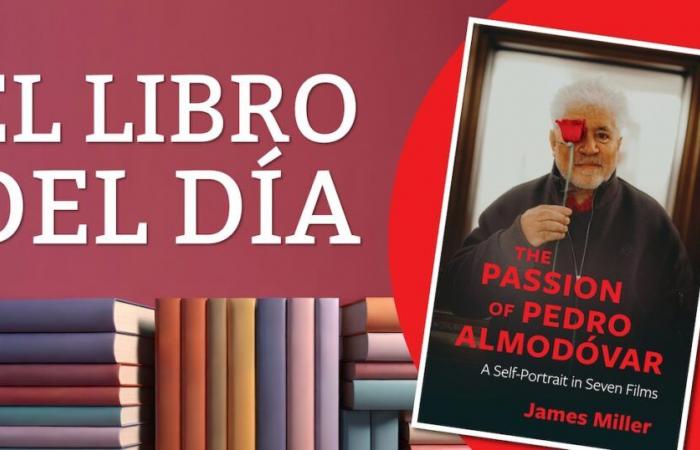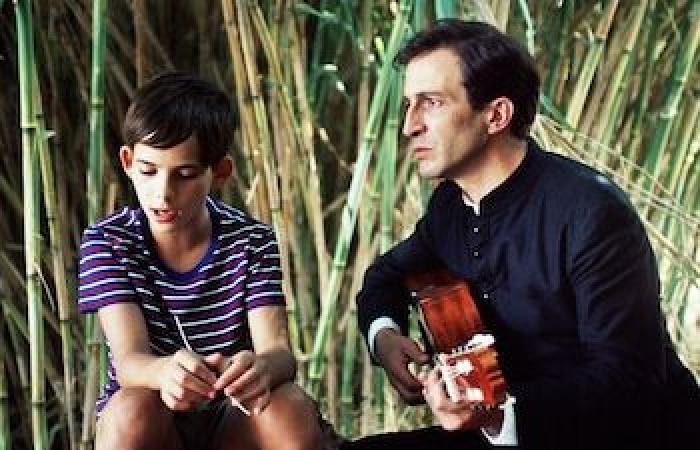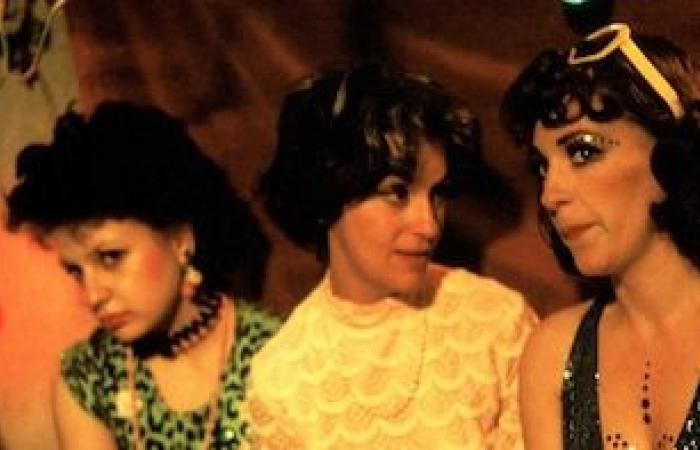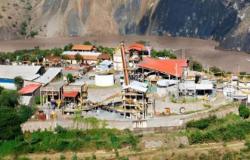The essential challenge of books about cinema is that its ideal reader already has a certain level of knowledge – and perhaps even a collection of volumes – about the genre or the filmmaker in question. Very few people need more than a complete guide on the work of a director, which entails an increasingly specific approach. The Passion of Pedro Almodódódóvar (Pedro Almodóvar’s passion), of James Millerbreak with that trend.
By offering a detailed analysis of seven of the “more or less autobiographical” films of Almodóvar, Miller promises “to present an unusual kind of ‘self -portrait’ of the artist” and explore to what extent his mature work “is involved in … an implicitly philosophical search for self -knowledge.”
His decision to focus on just one third of Almodóvar’s filmography is understandable, given the baroque complexities of his films, although I suspect that studying seven different films would have revealed an equal portrait of the director’s complex. By the way, the films discussed here are Return (2006), Bad education (2004), Pepi, Luci, Bom and other girls from the pile (1980), The Law of Desire (1987), The flower of my secret (1995), Broken hugs (2009) y Pain and glory (2019).

Miller, who is a professor at The New school in New York and has published about a wide range of issues that include rock-And-vol Michel Foucaulthe is a true generalist. In his first book about cinema, he brings a fresh perspective and wide intellectual curiosity to the work of a filmmaker already studied in depth.
Miller also writes as a generalist, which I consider a compliment. It does not adopt the efficiency formulated of journalistic prose or the exhausting density of academic English. Rather, guide readers on an agile tour of the work of a prolific director, stopping to examine films and issues that interest him and ignore the rest.
In the chapter on Bad education And his story of a child abused by Catholic priests in charge of his care, for example, takes a wide detour through the biography of Giovanni “Don” Boscothe founder of the Salesian order that directed the school attended by Almodóvar (and where, according to a 1982 interview cited in the book, he also suffered abuses). If nothing else, that surprising digression helped me understand why the mismodóvar movie of 1983, Between darknessThey have a tiger as a pet.

There is no doubt of Miller’s dedication to research. Synthesizes arguments, appointments and observations of an impressive set of sources, including DVD extras, the informal press releases that Almodóvar provides with each new film and hundreds of interviews that the Locuaz director has granted in more than 45 years of film career.
This is not a rigorous work of scholarship, but only an academic would collect such an extensive corpus of information as to make observation between parentheses that “the English version [del guion de La mala educación] It is different from the Spanish version that also appeared in a bilingual edition in French; In addition, all published scripts include, among other things, a completely different ending from the finished film. ”
As fascinating as those details can be, Miller is less successful when trying to connect Almodóvar’s creative production with the world of philosophy. Although readers of The Passion of Pedro Almodódódóvar Surely they end with the intricate particularities of the filmography of the director well recorded in their minds, I suspect that few will be familiar enough with the great men of Western philosophy to benefit from the brief references to their scattered ideas throughout the book. In these sections, the admirable accessibility of the prose of the book is interrupted by assumed jargon and knowledge. They are too short to be useful, although I never wanted them to be more extensive.
But despite the organization and sometimes erratic methodology of the book, Miller demonstrates a deep understanding of Almodóvar’s work, beginning with the miraculous nature of his professional career. It is amazing that the son of a mulero could become the great film author of his generation, or that a man who had his first glance of the middle class life while working for a telephone company would create the most sumptuous interiors of cinema.
Miller is especially insightful regarding the role of Almodóvar as an active participant in the movement, which Miller rightly identifies as a genuine Spanish countercultural movement that began years before the death of Francisco Francoand not – as is often misunderstood – as a hedonistic celebration of the end of the dictatorship of the Generalissimo.
It was the move, and the social agitation that allowed, which made it possible for a provincial nobody to do not come but without resources, such as Almodóvar, became a filmmaker. (Later, the obsessive discipline that his style of making films allowed him to prosper when other artists of that period were deranged for drugs and other distractions).
Miller is right to affirm that “it is highly unlikely that [Almodóvar] I could have forged the bold race he had if he were starting today; His youthful eagerness to disturb and disturb and to test the limits of good taste and adequate behavior, so characteristic of the counterculture of that time, is completely out of fashion in the current climate of moral censorship, especially in the supposedly progressive left cosmopolitan. ”
Among Miller’s archival findings is that The flower of my secret It almost titled Like cow without cowbella phrase that Almodóvar insists that “it sounds great in Spanish.” (Your titles are usually more melodic in the original, although I am not sure that Like cow without cowbell be so sound). It also examines interviews with many of the stars of the Almodóvar cinematographic universe, but, although it shares some fascinating data, it does not always develop them. When Miller points out that Carmen Maura“Although only a few years older than Almodóvar … I was on the other side of a generational gap,” it is frustrating that it does not reveal the exact difference of age or why it is so significant. (There is a four -year difference between them).

However, Miller’s refusal to explain everything leaves room for Almodóvar to consider her work from new perspectives. A phrase in which Maura says that Almodóvar was “like a younger brother for me” made me reflect on his very familiar approach to cinematographic direction.
Almodóvar once chose his old mother to play a news presenter on television; His brother Agustín makes a cameo in the style of Hitchcock in each of his films; And he has worked with many members of his cast and technical team for decades. When your recurring collaborators, such as Chus Lampreave —Who appeared in eight of his films over a quarter of a century – they have died, his sudden absence in his films is like the abrupt disappearance of a grandfather in family photographs.
Miller writes to stimulate thoughts and generate debates, and does not show much interest in solving them, although perhaps that is the most appropriate in the study of a director whose work often contains unsolved elements. In a beautiful passage, he mentions that the memories of the first years of Almodóvar emerge in his work “as remains of a wreck.” The same could be said of ideas in The Passion of Pedro Almodódódóvar.
Fuente: The Washington Post












